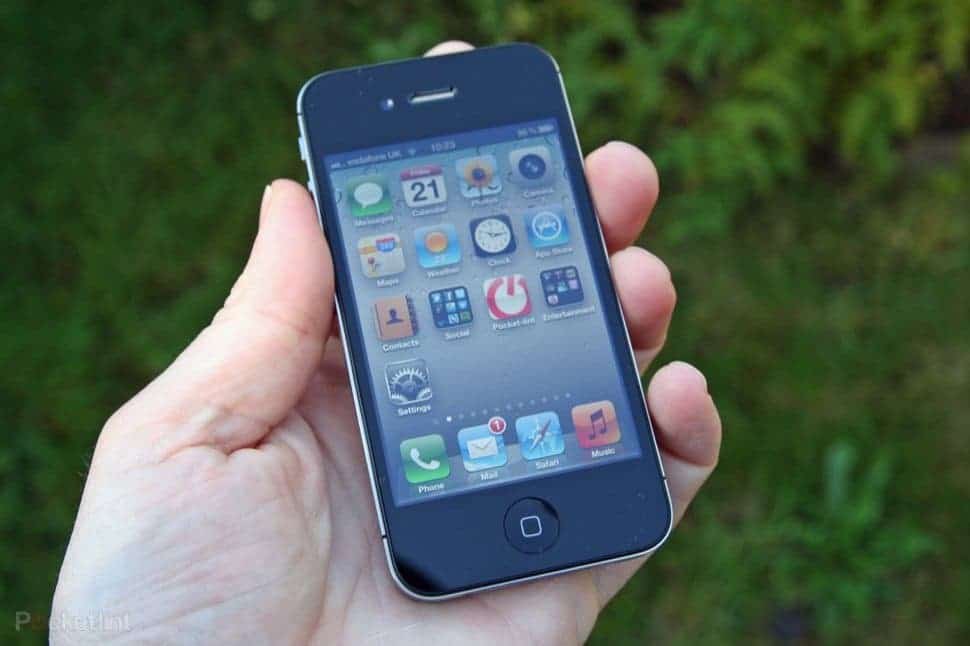ApplenewsNokiaPhonesTech
Nokia knew in 2007 that the iPhone was a threat but failed to act on internal warnings

Efe Udin
January 21, 2025

In January 2007, the mobile industry underwent a seismic shift with the unveiling of the first iPhone by Apple. Nokia, then the market leader, faced an internal reckoning. An internal document from Nokia created just one day after this launch, reveals that while some within the company recognized the potential threat posed by the iPhone, their warnings were largely ignored at the management level.

The Internal Document: A Window into Nokia’s Reaction
The presentation, titled “Apple iPhone was launched (yes, it is ‘iPhone’),” was created just a day after the iPhone’s debut, according to 9to5Mac. Despite the slightly mocking tone of the title, the content painted a picture of fear and a deep understanding of the challenge posed by Apple’s device. The document, part of Nokia’s Design Archive, provides insight into the company’s response to this game-changing innovation.
Join GizChina on Telegram
A team of nine analysts conducted an in-depth analysis of the iPhone’s impact, concluding that Apple’s device was a serious challenger in the high-end segment. The innovative touchscreen interface stood out as a potential “new standard,” presenting one of the greatest threats to Nokia’s dominance in the mobile market. This foresight indicated that Nokia’s traditional methods of physical keyboards and button-based navigation were becoming obsolete.

Management’s Failure to Act
Nokia saw the rise of the iPhone but the top-level staff of the company at the time ignored the threat. The executives focused on the iPhone’s “flaws” like the high cost and lack of a real keyboard. They did not take a close look at its cool factor and user-friendly design.
Read Also: How to Mirror Your iPhone to a Samsung TV: Step-by-Step Guide
Experts advised Nokia to act fast and hire a “Chief UI Architect” to fix their user tools to match or surpass Apple. Yet, Nokia did not act on this plan. The internal data from Nokia were clear, yet the company could not make changes in time. At its peak, Nokia held 50% of the phone market. But the iPhone showed how slow Nokia was to adapt. By 2013, Nokia sold its phone unit to Microsoft, a sign of its fall in the tech race. Nokia’s loss came from its failure to grow and lead with fresh ideas. The iPhone showed that users want sleek tools and smart tech, however, Nokia learned this truth too late.
Disclaimer: We may be compensated by some of the companies whose products we talk about, but our articles and reviews are always our honest opinions. For more details, you can check out our editorial guidelines and learn about how we use affiliate links.
Source/VIA :
Winfuture